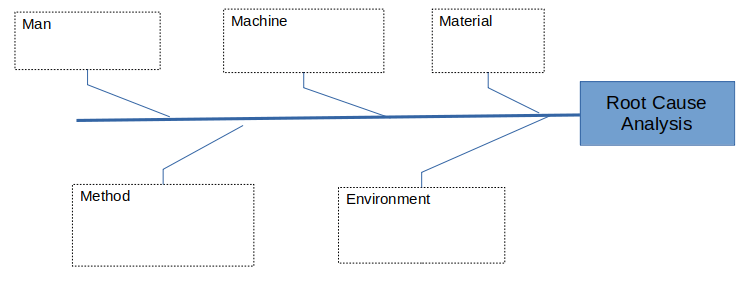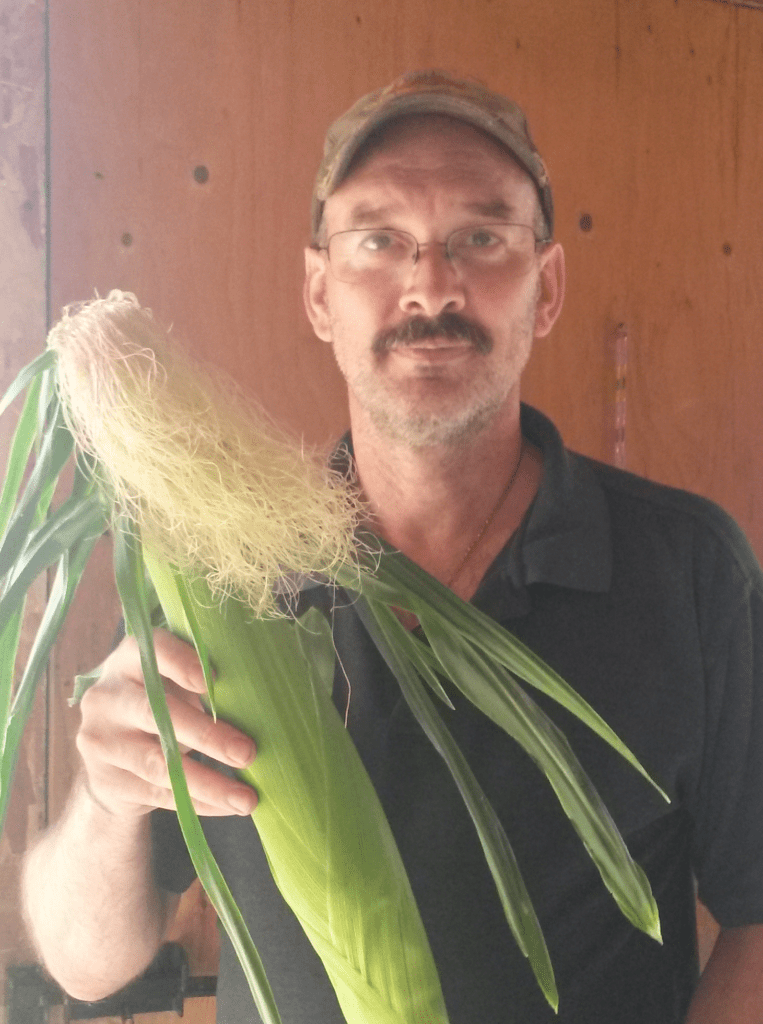
Back in 2005 I graduated from the N.A.I.T. Project Management program, which also reinforced a lot of the principles I learned during recovery as well. I was moved to draw upon that training and the years of project management experience in the IT industry to help build stronger relationships within tribes. While the scope is different, the intent and spirit is very much the same.
I was talking to Claude and he also reminded me of the masculine and feminine energies involved in this process as well. When going through this journey, the beginning part involves strong feminine energies, where inclusion, involvement and making sure all is heard and the problems are flushed out and identified. The following processes involve masculine energy, where solutions are identified and targeted objectives are reached to bring about the results. This dance between the feminine and masculine is within each of us, but also between us as well and upon reflecting on this journey, this process is a good introduction on how the two energies can work together for the betterment of each individual and the whole tribe.
I also want to make it clear that my intent is to help facilitate this process for people to learn and integrate within their own tribes. I also believe it is our duty to hold space for one another along this path. While most are not currently willing to do this work, by walking the path and leading by example, it is my prayer that it inspires others to find that will and learn the skills, heal and participate in a way of life that is very different than the one currently facilitating our relationships and controlling our lives. By using techniques learned through tried and tested project management protocols in business, industry, etc, we can target those lessons to help us with our day to day relationship challenges as we explore decolonizing and working on rebuilding our lost tribes. This is done in the spirit of peace, decolonization and tribe building.
To break down the process, I surveyed the tribe to see where they are currently at. This can be done with 10 or 12 simple questions to see how people are feeling, allowing them to rate each one from 0 to 9.
Next step involves doing a root cause analysis. I used ideas from the project management course to do this, but this site comes close to what I did.
I then performed another survey of the group to prioritize the problems. By addressing the top 20%, we can address 80% of the problems (80:20 rule).
We then brainstorm solutions for those top 20% and then assign teams to work through the details of prioritizing and working on implementing those solutions.
Each team will then report back to the group and obtain a consensus on the solutions. When consensus is obtain, they solutions can then be implemented.
I will then perform another satisfaction survey to see if we actually improved the situation for the tribe. That is measured by an increase in satisfaction within the tribe.
Recorded January 31, 2021




